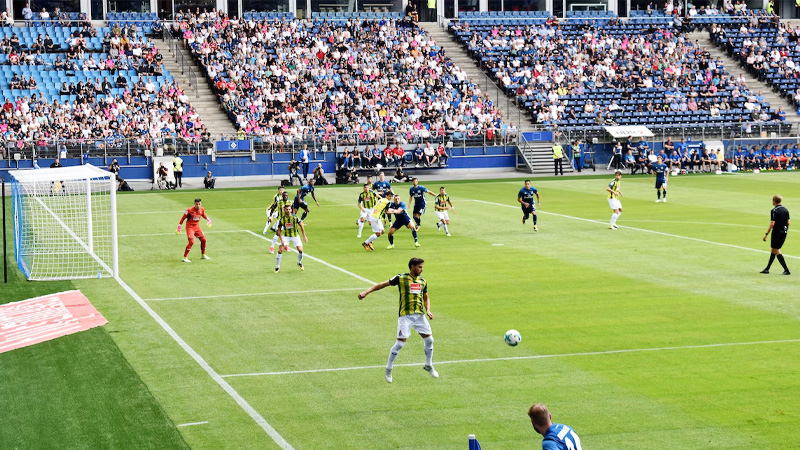Soccer, also known as the beautiful game, captures the hearts of millions worldwide with its exhilarating moments, astonishing goals, and breathtaking displays of skill. Behind the excitement on the pitch lies a treasure trove of data known as soccer statistics.
These numerical insights provide a deeper understanding of player performances, team dynamics, and the strategies that shape the outcome of matches.
In this blog post, we embark on a journey to explore the most crucial soccer statistics, shedding light on their significance and how they impact the game.
List of 20 Most Effective Soccer Statistics
Soccer strategies are the tactical blueprints that govern how teams approach the game, combining skillful execution, teamwork, and ingenuity to achieve victory on the pitch. Here are the 20 strategies all the players should be aware of.
1. Goals Scored
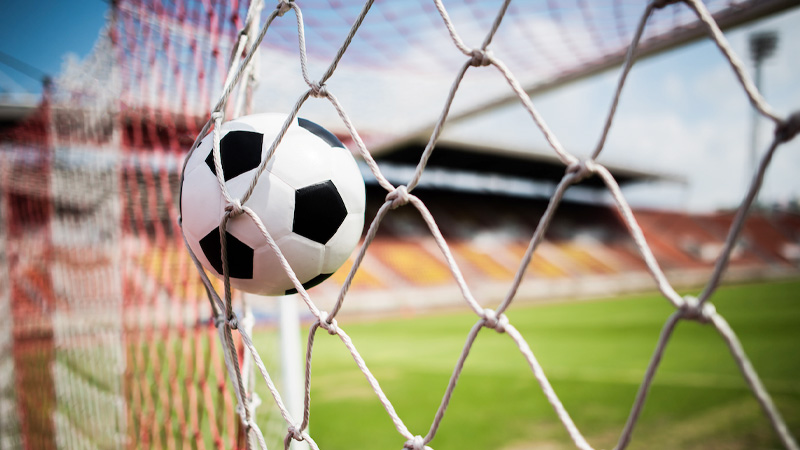
Source: thehighlightsapp
Goals scored are arguably the most important aspect of soccer. The primary objective of any soccer team is to put the ball into the opponent’s net and score more goals than their opposition.
To achieve this, teams employ various offensive strategies and tactics. Here are some key aspects of a goal-scoring strategy:
- The choice of formation plays a crucial role in a team’s goal-scoring capability. Formations like 4-3-3, 4-2-3-1, and 3-5-2 are commonly used to ensure adequate support for forwards while maintaining a strong midfield presence.
- Teams focus on quick transition play to capitalize on the moments when the opposing team is disorganized, such as after regaining possession from a turnover or a cleared ball.
- Players must make intelligent runs and position themselves well to create space and receive passes in dangerous areas. This involves off-the-ball movements, overlapping runs, and supporting players making diagonal runs to confuse defenders.
- Teams work on set-piece routines for corner kicks, free-kicks, and throw-ins near the opponent’s goal. These are strategic situations where players are assigned specific roles and positions to exploit weaknesses in the opposition’s defense.
- Players with strong dribbling ability, shooting accuracy, and creativity in the final third are often relied upon to produce goals out of individual brilliance.
2. Assists

Source: sportbible
Assists refer to the final pass or touch that directly sets up a goal. They are vital in soccer, as they represent the creative aspect of the game. Players who can consistently provide assists are often playmakers or wingers with excellent vision and passing skills. Here’s how teams emphasize assists in their strategy:
- Certain players are designated as playmakers whose primary role is to create scoring opportunities for their teammates. They often occupy central positions and orchestrate the team’s attacks.
- Wingers are crucial in delivering accurate crosses into the box, providing scoring opportunities for forwards. Their ability to beat defenders and deliver precise passes is highly valued.
- Teams practice combination play in and around the penalty area to unlock tight defenses. Quick one-twos, give-and-go passes, and through balls are common tactics employed to create goal-scoring chances.
- Moving the ball swiftly from one side of the field to the other can catch the opposition off-guard and create gaps in their defensive structure. This enables players to find space and deliver effective assists.
3. Total Shots

Source: eamantha
The total number of shots a team takes during a match reflects its offensive intent. Shooting frequently can increase the chances of scoring goals, but teams also need to ensure that their shots are of good quality. Here’s how teams approach the total shots strategy:
- Teams often maintain possession of the ball and patiently build up their attacks, waiting for the right moment to take a shot. This helps in reducing the risk of losing the ball quickly and getting caught on the counter.
- Players with powerful shooting ability may attempt shots from outside the penalty area, trying to surprise the goalkeeper or create rebounds that can lead to goals.
- Players practice movement in the opponent’s penalty area to find pockets of space and get into goal-scoring positions. Quick reactions and anticipation are essential in converting loose balls or deflections.
4. Shots on Target
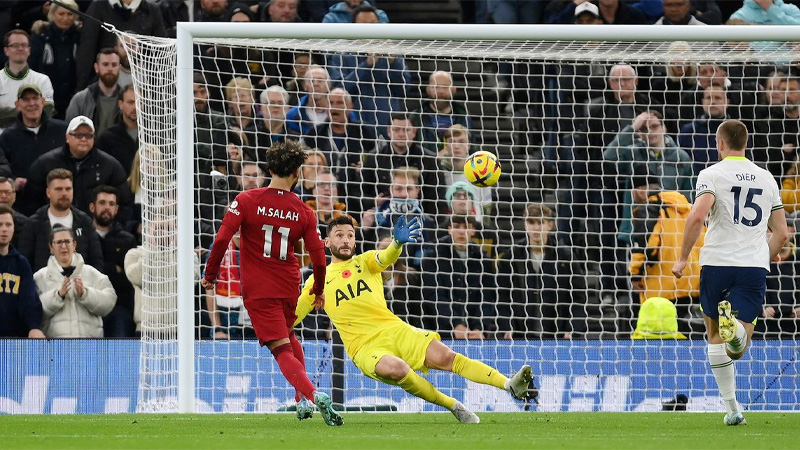
Source: sportinglife
Shots on target are those that are directed toward the goal and require the goalkeeper to make a save. The accuracy of shots on target is crucial as it increases the likelihood of scoring. Here’s how teams aim to maximize shots on target:
- During training sessions, players practice shooting with accuracy and precision, aiming to hit specific target areas in the goal. This improves their ability to place shots out of the goalkeeper’s reach.
- Players are taught to remain calm and composed when presented with goal-scoring opportunities. This helps them make better decisions in high-pressure situations and increases the chances of hitting the target.
- Forwards are trained to time their runs and make clever movements to get into positions where they have a clear sight of the goal. This makes it easier for them to direct their shots on target.
5. Passes Completed
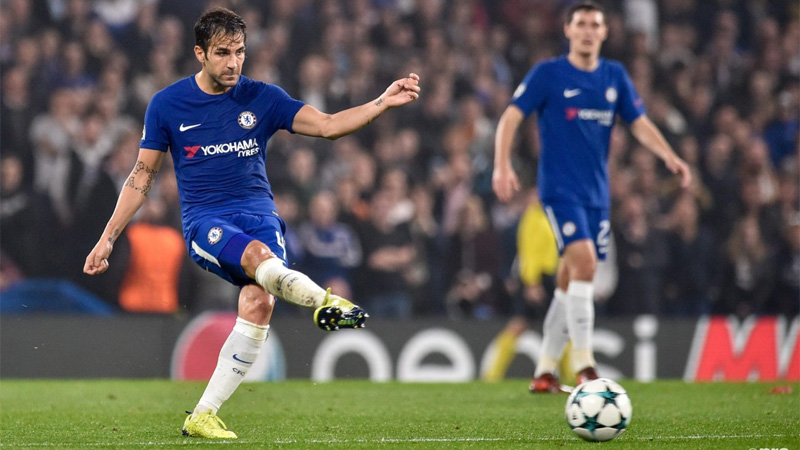
Source; scisports
Passing is the foundation of soccer, and completed passes are indicative of a team’s ability to maintain possession and build constructive attacks. Here’s how teams work on improving their passing game:
- Teams that prioritize possession play focus on maintaining the ball and circulating it among players to create openings in the opponent’s defense. This involves short, quick passes and movement off the ball to provide passing options.
- Players are encouraged to improve their passing accuracy through regular drills. This includes passing in confined spaces, under pressure, and over different distances.
- Teams often start their attacks from the goalkeeper or defenders, building from the back. This requires composure and precise passing to bypass the opponent’s pressing and initiate attacks effectively.
- Teams practice quick transitions from defense to attack, which involves making accurate forward passes to exploit the spaces left by the retreating opposition.
6. Passing Accuracy
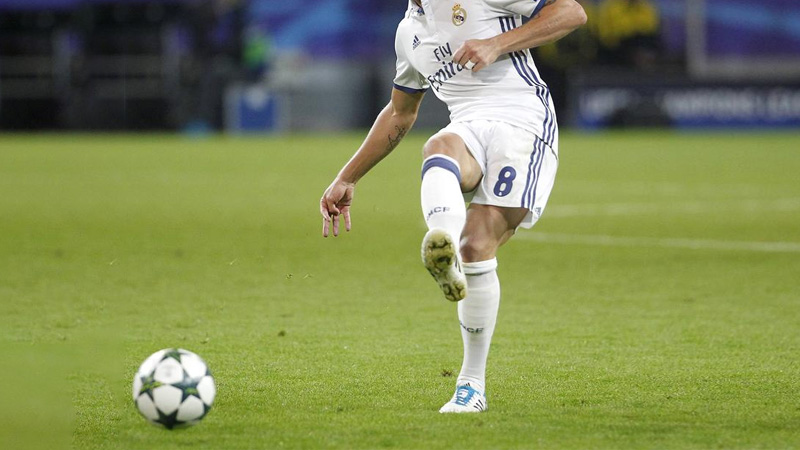
Source: sport.de
Passing accuracy is a crucial soccer strategy that involves the precision and effectiveness of distributing the ball to teammates. A team with high passing accuracy can maintain better possession and control of the game, creating more opportunities to attack and score goals.
To improve passing accuracy, players must focus on their technique, vision, and decision-making.
- Players should work on their passing technique, ensuring they use the right part of their foot (inside, outside, or instep) and maintain proper body positioning. This helps in passing the ball accurately and with the desired speed.
- Good awareness and vision on the field allow players to identify their teammates’ positions and make well-informed decisions about where to pass the ball.
- Players should choose the most suitable passing option based on the game’s context. This might involve choosing short, quick passes to maintain possession or opting for longer, more ambitious passes to initiate counter-attacks.
- Effective communication between players is essential for passing accuracy. Players need to signal their intentions, call for the ball, and provide feedback to their teammates.
7. Tackles Made
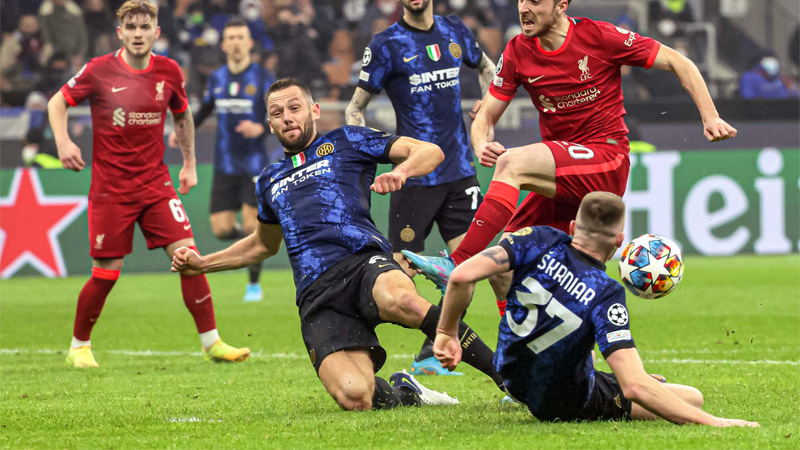
Source: squawka
Tackling is a defensive strategy used to dispossess the opposition and regain control of the ball. A well-timed and executed tackle can disrupt the flow of the opposing team’s attack and prevent them from creating goal-scoring opportunities.
However, mistimed or reckless tackles can lead to fouls and even disciplinary actions.
- Players must learn to time their tackles correctly, avoiding diving in too early or too late. Proper timing minimizes the risk of fouls and ensures a higher success rate in winning the ball.
- Proper body positioning is essential to execute a successful tackle. Defenders need to position themselves to cut off the attacker’s path while maintaining balance and stability.
- A good tackle aims to cleanly win the ball without making contact with the opponent. Players should focus on making contact with the ball rather than the player.
- If a tackle is unsuccessful, players should be prepared to recover quickly and maintain pressure on the opponent without resorting to reckless challenges.
8. Interceptions

Source: progressivesoccertraining
Interceptions are defensive maneuvers where players read the game well and anticipate the opponent’s pass, intercepting the ball before it reaches its intended target. Effective interceptions can disrupt the opponent’s attacking patterns and create counter-attacking opportunities.
- Players must position themselves intelligently, understanding the opponent’s style of play and anticipating their passing lanes. This allows them to be in the right place at the right time for potential interceptions.
- Increased awareness of the game situation and the players around them enables players to react quickly to interception opportunities.
- Understanding the patterns and tendencies of the opposition can help players predict where the ball is likely to go next, increasing their chances of making successful interceptions.
9. Clearances
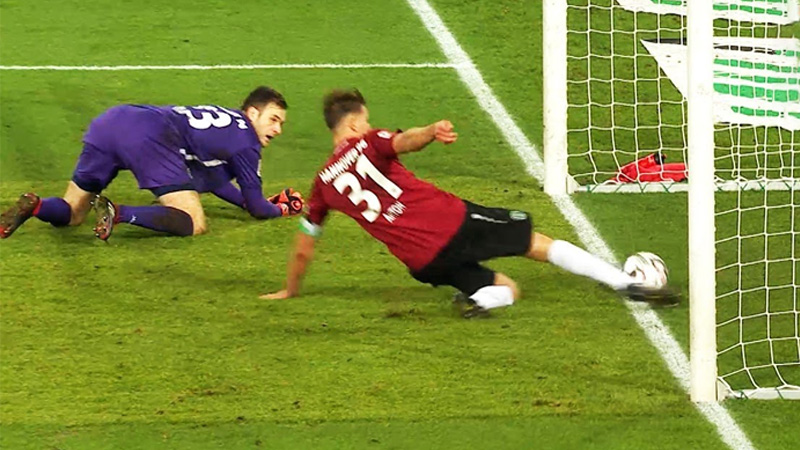
Clearances are defensive actions where players kick the ball away from their goal, usually under pressure, to alleviate immediate danger.
- Players must decide when to clear the ball and when to retain possession or make a controlled pass. Clearances should be used as a last resort, especially when there is a risk of conceding a goal.
- Clearances should be aimed toward areas where they are less likely to pose a threat to their own team, such as towards the sidelines or into open spaces.
- Teammates should communicate and coordinate during high-pressure situations to avoid confusion and ensure effective clearances.
10. Fouls Committed
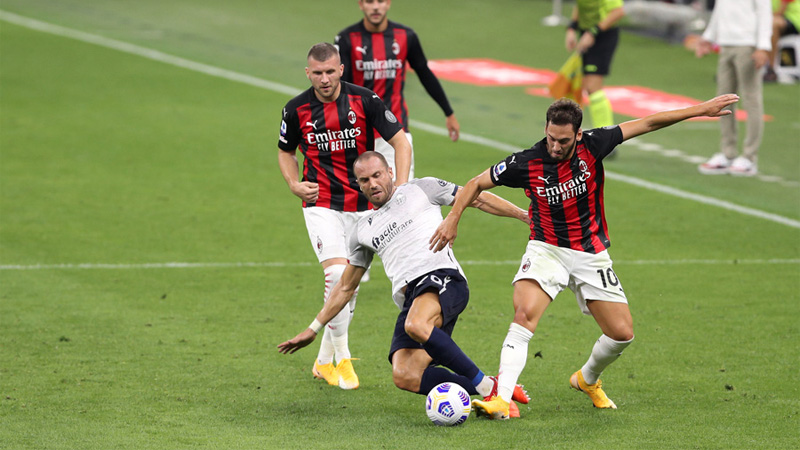
Source: football-observatory
Avoiding unnecessary fouls is a critical aspect of soccer strategy. Committing too many fouls can lead to free kicks and penalties for the opposition, providing them with dangerous scoring opportunities.
- Players must remain disciplined and avoid reckless challenges. They should focus on winning the ball cleanly and legally.
- Proper positioning helps players avoid lunging or stretching into tackles that may result in fouls.
- Players should exercise patience and not dive into tackles impulsively, especially when they are in vulnerable defensive positions.
- Players must have a clear understanding of the referee’s decisions and adapt their playing style accordingly.
11. Fouls Suffered
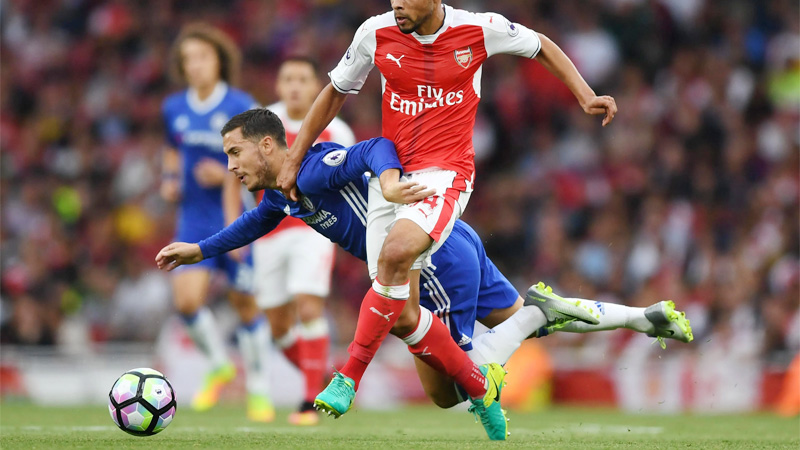
Source: thesun
Fouls suffered refer to the number of times a team or player is subjected to fouls committed by the opposing team. A foul occurs when a player uses excessive force, trips, pushes, holds, or commits any other prohibited action on an opponent.
- Drawing fouls can be advantageous for the attacking team as it may result in free-kicks or penalty opportunities.
- Teams with skillful and agile players tend to suffer more fouls as opponents attempt to stop their progress.
- High fouls suffered could indicate an aggressive and pressing style of play by the opposing team.
12. Yellow Cards

Source: soccerprime
Yellow cards are cautionary penalties shown by the referee to players for committing certain offenses. A player who accumulates too many yellow cards may be suspended for an upcoming match.
- Yellow cards are given for various offenses like reckless challenges, dissent, time-wasting, or intentionally handling the ball.
- Teams with disciplined players and organized defending often receive fewer yellow cards.
- A player who receives a yellow card must be cautious throughout the rest of the game to avoid getting a red card.
13. Red Cards
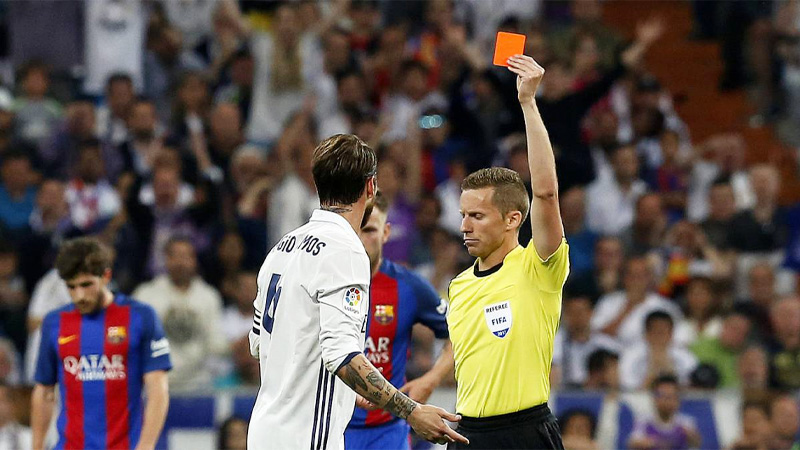
Source: foottheball
A red card is a severe penalty that results in a player being sent off the field for committing serious fouls or receiving two yellow cards in the same match.
- Playing with one player less (being a man down) can significantly impact a team’s performance and defensive capabilities.
- Red cards are typically given for violent conduct, dangerous tackles, or denying clear goal-scoring opportunities through fouls.
- Teams with disciplined and composed players are less likely to receive red cards.
14. Offsides
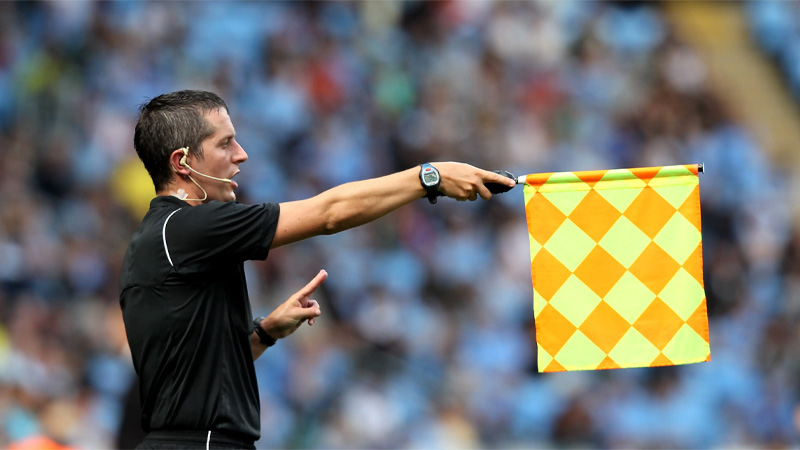
Source: goal
The offside rule is applied to prevent goal-hanging and maintain a fair balance between attackers and defenders. A player is deemed offside if they are in an offside position when the ball is played to them.
- Understanding the timing of runs and defensive positioning is crucial for attackers to avoid being caught offside.
- Offside traps are defensive tactics used to catch opponents in offside positions, forcing turnovers.
- Teams with speedy and coordinated attackers may risk more offside situations to exploit defensive gaps.
15. Corners Won
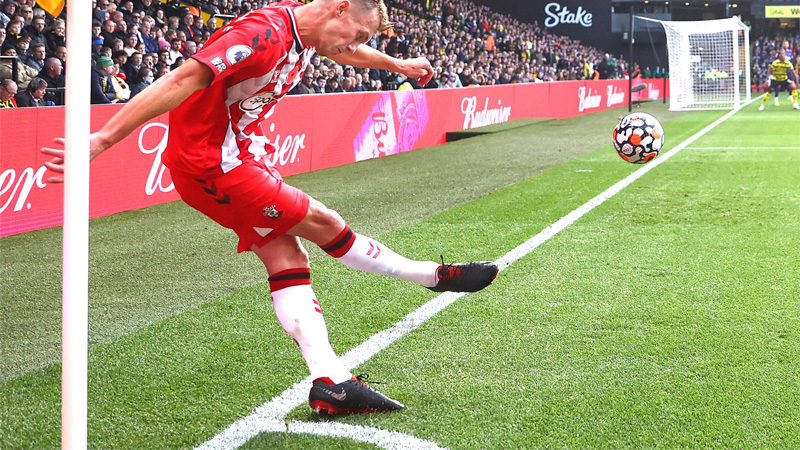
Source: premierleague
Corners are awarded to the attacking team when the ball crosses the goal line, deflected by the defending team, without resulting in a goal. The attacking team takes a corner kick from the corner arc.
- Winning more corners signifies a team’s ability to apply pressure on the opponent’s defense and create goal-scoring opportunities.
- Set-piece proficiency becomes crucial during corner kicks as they can lead to goals through headers or volleys.
- Teams with skilled wingers or players capable of dribbling into the box often win more corners.
16. Dribbles Completed

Source: olympics
Dribbling is a fundamental skill in soccer that involves players maneuvering the ball past opponents while maintaining control. Dribbles completed refer to the number of successful attempts made by a player to advance with the ball past defenders.
- Dribbling is used to penetrate the opposition’s defense and create goal-scoring opportunities.
- Skilled dribblers can attract defenders, opening up space for their teammates.
- Successful dribbles exhibit a player’s agility, close ball control, and ability to change direction quickly.
- Players with high dribbles completed often play in attacking positions, such as wingers and forwards.
17. Aerial Duels Won
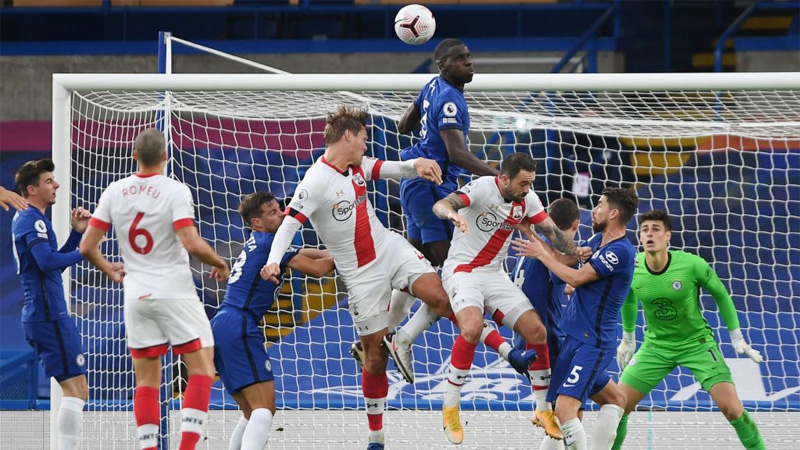
Source: WhoScored
Aerial duels, also known as aerial challenges or headers, occur when players contest for the ball in the air, typically during crosses, goal kicks, or high passes. Aerial duels won refers to the number of times a player successfully wins such challenges.
- Aerial duels are crucial in both offensive and defensive scenarios, such as scoring from set pieces or clearing dangerous crosses.
- Players with good aerial abilities are often central defenders, target forwards, or dominant midfielders.
- Winning aerial duels requires timing, jumping ability, strength, and positioning.
18. Saves
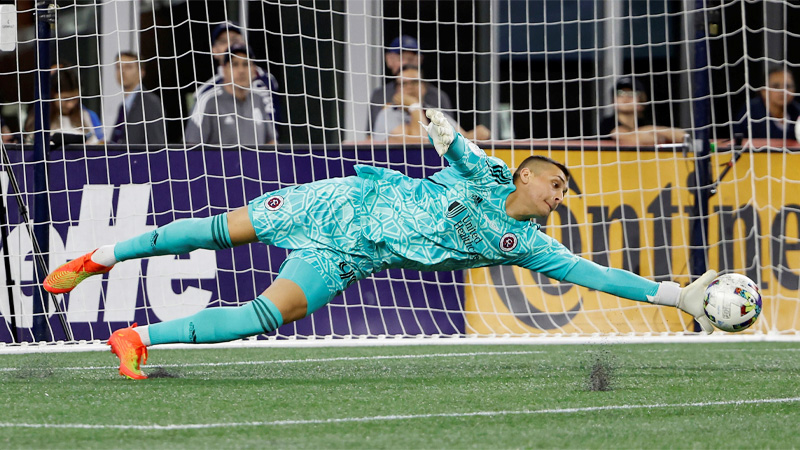
Source: revolutionsoccer
Saves are a goalkeeper’s primary responsibility. It refers to the number of shots on target that a goalkeeper successfully stops from going into the net.
- Goalkeepers are the last line of defense, and their saves can be game-changing.
- Different types of saves include diving, parrying, tipping, or catching the ball.
- A high number of saves indicates an active goalkeeper, but it may also suggest a leaky defense.
- Goalkeepers need excellent reflexes, positioning, and decision-making to make crucial saves.
19. Clean Sheets
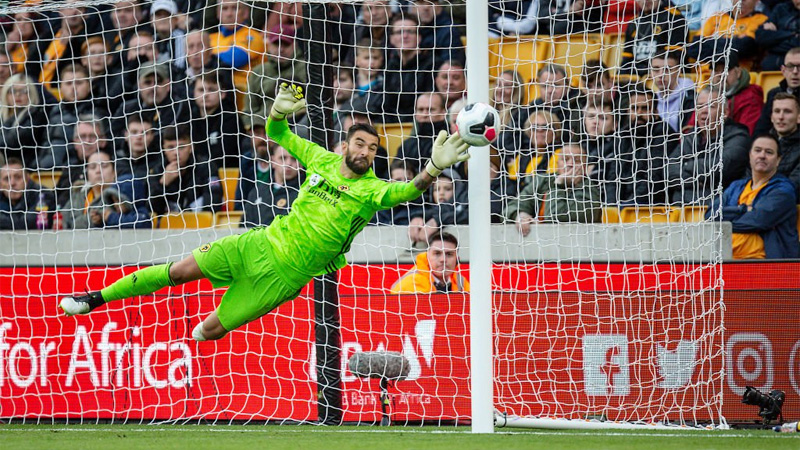
Source: keeperstop
A clean sheet is achieved when a team prevents the opposition from scoring any goals in a match. Clean sheets are attributed to the entire defensive unit, including the goalkeeper and defender.
- Clean sheets are a testament to a strong defensive performance and teamwork.
- Defenders and goalkeepers must communicate effectively to maintain a clean sheet.
- A clean sheet not only shows defensive prowess but also reduces pressure on the attacking players.
- Teams often adopt a more conservative approach to secure clean sheets when holding a lead.
20. Minutes Played

Source: independent
Minutes played simply refers to the amount of time a player spends on the field during matches. It indicates the player’s availability and importance to the team.
- Minutes played are a measure of a player’s fitness, form, and tactical importance to the coach.
- Key players often have high minutes played, while substitutes or squad players may have lower numbers.
- Injuries or suspensions can significantly impact a player’s minutes on the field.
- Coaches carefully manage player minutes to avoid fatigue and injuries, especially during a congested fixture schedule.
FAQs
What are soccer statistics, and why are they important?
Soccer statistics are quantitative data points that track various aspects of the game, such as individual player performances, team dynamics, and match outcomes.
They provide valuable insights to coaches, players, analysts, and fans alike. By analyzing statistics, teams can identify strengths and weaknesses, devise effective strategies, and make data-driven decisions to improve their performance.
Which soccer statistics are commonly tracked for players?
Several key statistics are tracked for individual players, including goals scored, assists, passes completed, dribbles completed, tackles won, interceptions made, and shots on target. These metrics help assess a player’s offensive and defensive contributions, passing accuracy, and ability to create scoring opportunities.
What team-based statistics are essential for evaluating performance?
Team-based statistics offer a broader perspective on a squad’s overall performance. Some crucial team statistics include possession percentage, shots taken, shots on target, goals scored, goals conceded, aerial duels won, clean sheets, and fouls committed. These metrics reveal a team’s attacking efficiency, defensive solidity, and overall style of play.
How do soccer statistics influence tactics and strategies?
Analyzing soccer statistics allows coaches to tailor their tactics and strategies to exploit opponents’ weaknesses and leverage their team’s strengths. For example, a team with a high number of successful dribbles might prioritize an attacking style, while a team with strong defensive statistics may opt for a more conservative approach.
Where can fans access up-to-date soccer statistics?
In the digital age, accessing real-time soccer statistics has become easier than ever. Fans can find comprehensive and up-to-date statistics on various sports websites, soccer analytics platforms, and even official league websites. These platforms offer a wealth of data, including player profiles, team stats, and in-depth analysis.
Bottom Line
Soccer statistics breathe life into the game, transforming it from mere entertainment to a data-driven realm of analysis and strategy. From tracking individual player achievements to evaluating team performances, these numbers provide valuable insights into the sport we love.
Coaches harness the power of statistics to shape their tactics, players aim to improve their key metrics, and fans gain a deeper appreciation for the intricacies of the beautiful game.
As we delve into the world of soccer statistics, we uncover the stories behind the players and teams, forging an unbreakable bond between the sport and its devoted enthusiasts.
So, next time you watch a match, remember that there’s more to the game than what meets the eye—there’s an entire universe of statistics at play.

